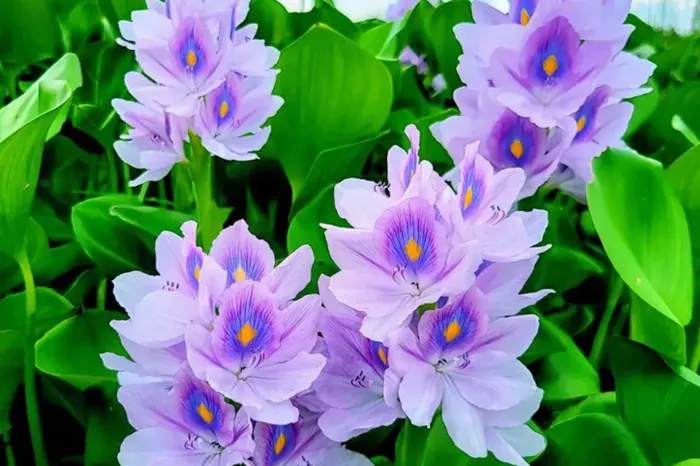A study conducted by a Danish-Chinese research team reveals that plants can absorb micro- and nanoplastics through their roots and stems. This raises concerns about the effects of plastic pollution on ecosystems. However, the researchers suggest that plants could be used as a natural and eco-friendly solution to gather and degrade these harmful plastic particles.
Global Plastic Waste Crisis
The research comes in response to a significant global issue. Since large-scale plastic production began, around 9 billion tons of plastic have been created, but only 9 percent has been recycled. This leaves a vast amount of plastic waste in the environment, breaking down into smaller pieces known as micro- and nanoplastics. These tiny particles can be ingested or absorbed by animals, plants, and even humans.
Plants’ Role in Absorbing Nanoplastics
Co-author Elvis Genbo Xu, a biologist at the University of Southern Denmark, believes that plants can effectively support current methods for removing plastic from nature. “Many plants absorb or adsorb micro- and nanoparticles, but we need to identify the most effective ones to achieve the best results,” Xu stated.
The researchers studied various plants to see how well they could absorb micro- and nanoplastics. They found that fava beans (Vicia faba) could adsorb 100-nanometer nanoplastic particles through their roots in just two days. The term “adsorption” means that particles stick to the roots, while “absorption” refers to the particles entering the plant itself.
Aquatic Plants as Natural Filters
Aquatic plants were particularly interesting to the researchers because they can filter plastic particles from water, where concentrations are often higher. For example, the common water hyacinth (Eichhornia crassipes) has shown the ability to adsorb plastic particles. Other aquatic plants, like duckweed (Lemna minor), also have this potential and could serve as natural filters to capture micro- and nanoplastics in wetlands.
“It would make sense to establish belts of plastic-absorbing plants in areas where these particles are known to accumulate, such as along highways where microplastics wear off from car tires,” Xu suggested. “These belts could act as filters, trapping plastic particles before they spread to the surrounding environment or enter streams during rainfall.”
The Need for Comprehensive Solutions
Despite the potential of using plants, Xu emphasizes that they cannot solve the global plastic pollution crisis alone. Micro- and nanoplastics are ubiquitous, found in the air, water, and soil. Since they are present in our air and drinking water, multiple solutions are necessary.
Bacteria, fungi, and microalgae could all play a part in reducing plastic pollution. While plants can help, they are just one piece of a larger puzzle.
Xu remains hopeful about the prospects for cleaning aquatic environments. “Our lab experiments have been successful. I am optimistic that we can scale this up to remove particles from the environment—particularly in aquatic settings, where these plants have proven very effective.”
Innovative Approaches to Plastic Pollution
Other researchers are also exploring creative solutions. At the University of Southern Denmark’s Department of Biology, marine biologist Jamileh Javidpour is investigating jellyfish as a tool to remove micro- and nanoplastics from water. Jellyfish produce slime that has been shown in laboratory experiments to remove up to 90 percent of nanoplastic particles from water in treatment facilities.
“We’ve found that jellyfish slime is very effective at removing nano-sized plastic particles. It could be part of the solution. I can imagine using dried jellyfish slime to create filters for washing machines,” Javidpour said.
These studies highlight a growing effort to use natural organisms in the fight against the widespread problem of plastic pollution.
Related topics:
- Create a New Flowerbed Now for a Beautiful Spring Garden
- 17 Halloween Plants to Create a Spooktacular Home Ambiance
- How to Grow Plants While Reducing Disease Risks in NC


